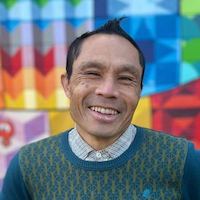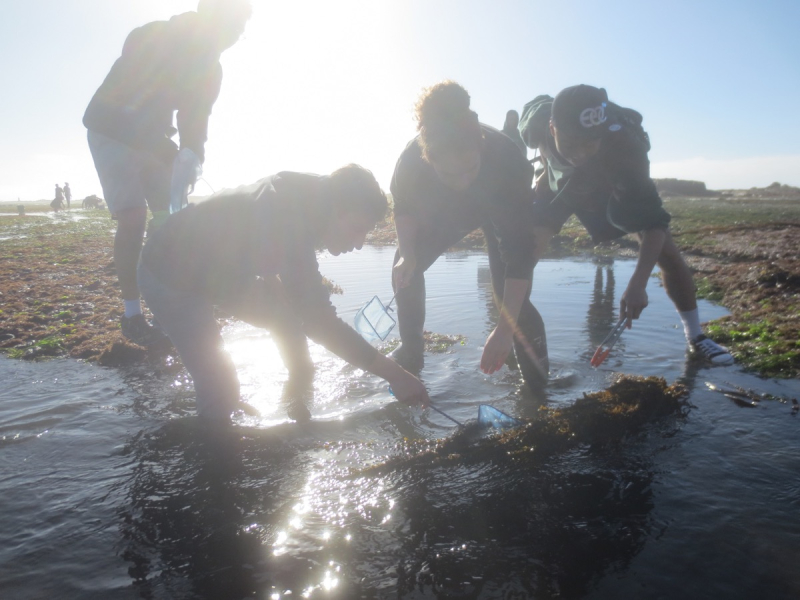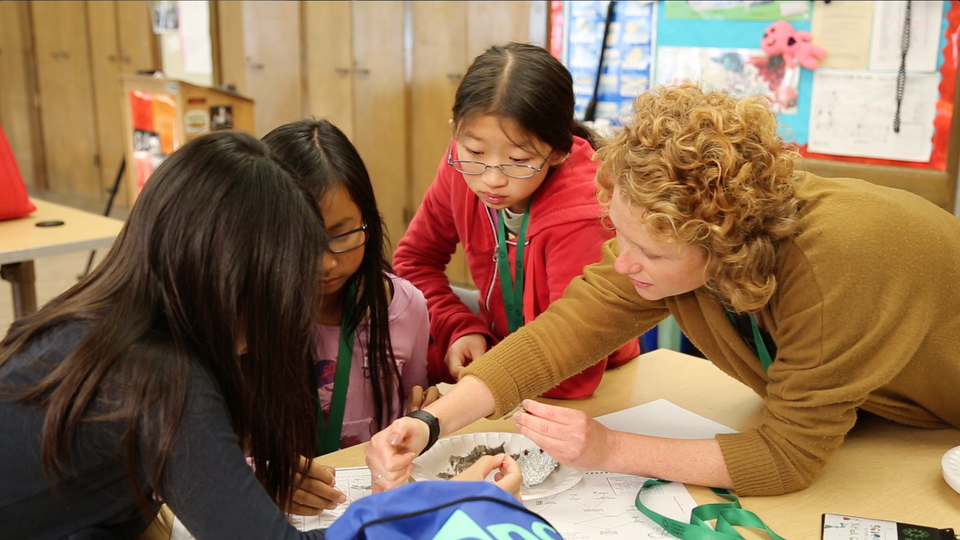Stanford: Most Young People Can’t Spot Fake News
Most young people can't distinguish between a fake news story and a legitimate source, a fake Twitter account and a real one, or an advertisement or the article it's contained within. This according to a new study released by Stanford University today. According to lead author Sam Wineburg and his co-researchers, youth across a wide range of …



